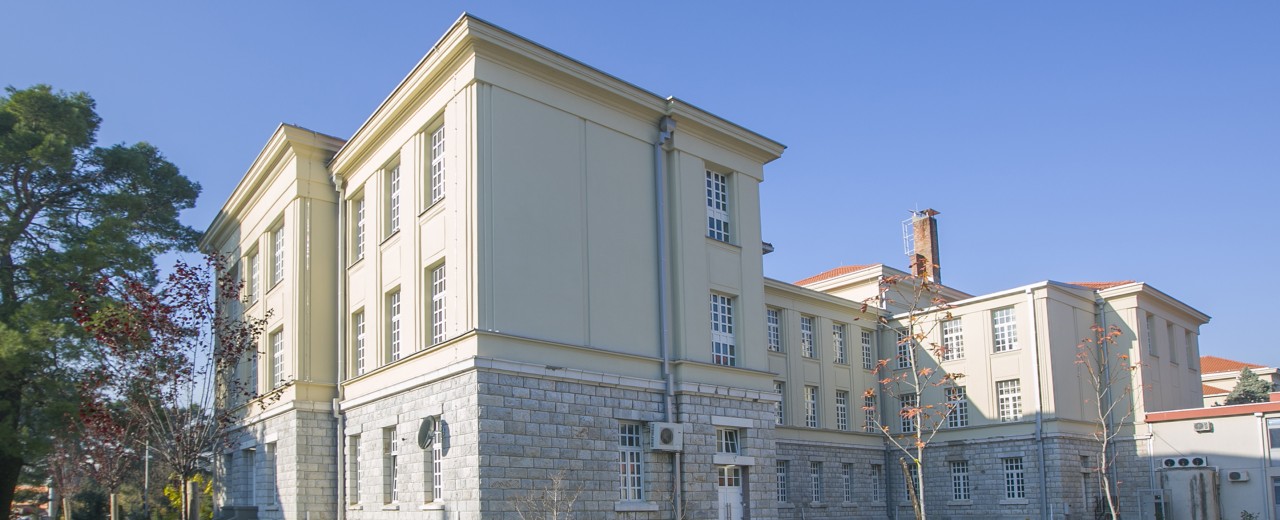
As of: 10/2022
Heaters are missing or do not work, roofs are dilapidated and leaky, mould forms in rooms and halls
– many schools and kindergartens, universities and hospitals in Montenegro are structurally in a dismal state. Energy consumption is correspondingly high. This is not only bad for the climate and wallet. The lack of rehabilitation also puts a strain on the people who study, teach or work in these buildings. The “Greening Public Infrastructure in Montenegro” programme therefore aims not only to significantly increase the energy efficiency of public buildings, but also to increase comfort in buildings. With this holistic approach, the programme is a model for the entire region.
The issue of energy efficiency is one of the top concerns of the Montenegrin government. As an EU candidate, Montenegro is obliged to renovate at least 1% of the total area of buildings belonging to the country in an energy-efficient manner, rising to 3% after it joins the EU. These political ambitions, coupled with high energy costs and the high investment backlog in the renewable energy and building renovation area, set the framework for the Greening Public Infrastructure in Montenegro programme.

The programme’s holistic approach includes conventional measures to improve energy efficiency: Roofs and façades are insulated, windows, doors and lighting are renewed. And more climate-friendly heating systems (such as wood pellet systems or heaters with solar thermal assistance) are being installed. In addition, the quality of time spent in the buildings should also be significantly improved – through simple painting and plastering work, rehabilitating sanitary facilities or by installing shades on sun-facing window fronts. While the first phase of the programme only looked at renovating primary and secondary schools and vocational schools, the focus is now also expanding to community institutions such as retirement homes or administrative buildings, such as the Ministry of Economic Affairs and the Seat of the Prime Minister. Since 2013, a total of 36 public buildings throughout the country have been renovated in an energy-efficient manner. The new programme, which runs until 2027, plans further rehabilitation of existing buildings.
However, investing in energy efficiency is only the first step towards a climate-friendly environmental policy. The programme aims to provide state-of-the-art energy management systems for all 2,500 official buildings in Montenegro – schools, kindergartens, retirement homes, public authorities and administrative buildings. With the help of smart meters, as well as other sensors and measuring devices, consumption can be automatically read and fed into a database on a central server every 15 minutes. Thanks to the monitoring software, even large consumers can be identified. Incidentally, the city of Frankfurt was behind this energy management system.
The second innovative component of the project is the use of technologies like those used in German passive houses – such as photovoltaics and solar thermal energy for self-consumption or heat generation – and the corresponding architectural orientation of the buildings.
A model project is planned to show how energy-efficient these buildings can be. A new ministerial building will later serve as a reference building for the future EU benchmark in public buildings – the “nearly zero-energy” buildings. The partner, supported by KfW and the Fraunhofer Institute, will put out a call for tenders for the international architectural competition.
even while meeting common comfort standards such as an adequate indoor temperature. Lower energy costs lead to lower operating costs and can significantly reduce the burden on public budgets. The savings potential is immense.
The Greening Public Infrastructure programme conserves fossil fuels and cuts CO2 and other pollutant emissions. It contributes to climate change mitigation and can improve the living conditions of the Montenegrin population. The project is therefore in line with the objectives of the German Climate and Technology Initiative (DKTI), the development policy objectives of the Federal Republic of Germany ("Sustainable Energy for Development"), and not least the priorities of the Montenegrin government. The new EU co-funded programme amounts to EUR 50 million, making it the biggest energy efficiency project in the Balkans.
The project contributes to the achievement of these following United Nations Sustainable Development Goals:
KfW Group
KfW Development Bank
Energy and mobility in South Eastern Europe